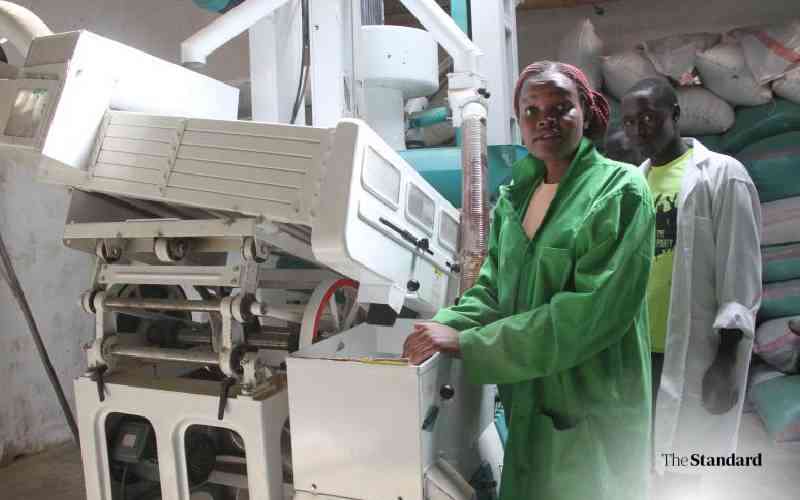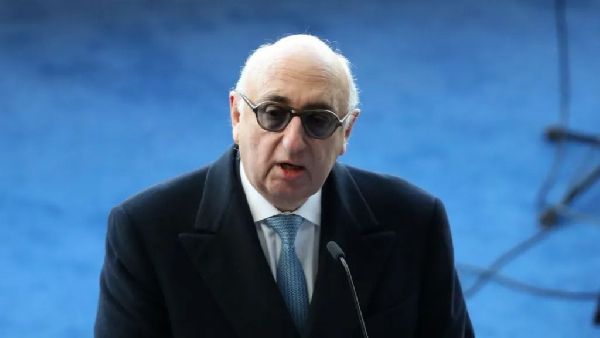How Thailand Leads Asia's Branded Residences Market, With Vietnam Set to Dominate New Future Supply - Travel And Tour World
Wednesday, July 2, 2025

The branded residences sector in Asia has reached a remarkable milestone, with a total market value of USD 30.7 billion, marking an all-time high for the region. This thriving industry, which encompasses 38,893 units across 178 active projects currently available for sale, has seen a significant rise in demand driven by affluent investors seeking luxurious living experiences integrated with premium services. Thailand stands at the forefront of this market, commanding a substantial 18% share of the total market. Close behind are the Philippines and South Korea, with 12% and 11% market shares, respectively, indicating the wide appeal and strong investor interest in branded residences in these rapidly growing economies.
Looking to the future, Vietnam is emerging as a formidable contender that will likely shape the branded residences market in Asia. The country is projected to dominate the supply in the coming years, with one out of every four branded residences set to be located in Vietnam. With an additional 28,460 units across 105 upcoming projects that are yet to be released, Vietnam is poised to contribute an impressive 41% of this future supply. This forecast underscores the magnitude of the country’s growth potential in this sector and highlights its expanding role in shaping market dynamics across Asia.
Over the past five years, from 2021 to 2025, the branded residences market in Asia has experienced remarkable growth, expanding at a compound annual growth rate (CAGR) of 10%. This growth reflects the increasing demand for premium living spaces that combine luxury with convenience. Co-located branded residences with hotels have long dominated the market, accounting for 57% of the current supply. However, there is a discernible shift toward diversification in development models, with mixed-use developments and standalone branded residences gaining popularity. These two categories now represent 24% and 19% of the supply, respectively. This change indicates a growing interest in alternative living models that provide a wider range of residential options beyond traditional hotel-branded properties.
The geographical distribution of branded residence projects across Asia reveals a balanced split between urban and resort destinations. Urban areas, including major metropolitan centers like Bangkok, Kuala Lumpur, and Manila, make up 53% of the market, positioning these cities as key hubs for luxury residential developments. The remaining 47% of the market is concentrated in well-known resort destinations, such as Phuket, Pattaya, and Da Nang, which offer vacation-oriented living experiences. This balance between city living and resort-style properties reflects the diverse preferences of buyers, who are increasingly seeking both urban convenience and relaxation in vacation-like settings.
Thailand’s leading position in the branded residences market is a testament to its appeal as a regional investment hotspot. The country has witnessed significant development in this sector, with key cities like Bangkok seeing the emergence of high-end branded residences that cater to both international and local affluent buyers. Thailand’s favorable investment environment, coupled with its vibrant tourism industry, has positioned it as an attractive destination for developers and investors seeking to capitalize on the growing demand for luxury living spaces.
The Philippines and South Korea, while trailing Thailand, are also key players in the branded residences market. The Philippines, with its rapidly expanding economy and burgeoning middle class, is experiencing a surge in demand for branded residences, especially in cities like Manila and Cebu. South Korea, with its dynamic economy and rising global prominence, is also witnessing growth in this sector, particularly in cities like Seoul, where luxury living options are in high demand.
Vietnam’s anticipated dominance in the branded residences market signals a major shift in the region’s real estate landscape. With the country’s strong economic growth, expanding middle class, and increasing foreign investment, Vietnam is well-positioned to capture a significant portion of the market share in the coming years. The influx of new branded residence projects, particularly in cities like Ho Chi Minh City and Hanoi, will contribute to the country’s rising stature as a key player in the luxury real estate sector.
This growth is further supported by the evolving development models within the branded residences sector. The shift toward mixed-use developments and standalone residences reflects a broader trend in Asia’s real estate market, where buyers are seeking more flexibility and variety in their residential options. Mixed-use developments, which combine residential, commercial, and retail spaces in one location, offer convenience and a sense of community, making them increasingly attractive to investors and residents alike. Standalone branded residences, on the other hand, offer the privacy and exclusivity that appeal to high-net-worth individuals seeking a premium lifestyle.
As the branded residences market continues to evolve, the concentration of development in both urban and resort destinations underscores the diverse appeal of these luxury properties. Urban branded residences cater to individuals who seek proximity to work, entertainment, and culture, while resort properties offer a more relaxed, vacation-oriented lifestyle for those looking to escape the hustle and bustle of city life. The ability of branded residences to meet both these demands positions them as a versatile and desirable option for affluent buyers across Asia.
The future of branded residences in Asia looks incredibly promising, with Vietnam set to play a central role in shaping the sector’s growth. As more luxury developers enter the market and demand for high-end living spaces continues to rise, Asia’s branded residences sector is likely to remain a key driver of regional economic growth. The continued diversification of development models, coupled with the expanding geographical footprint of branded residence projects, suggests that the market will become increasingly dynamic and varied, offering a wide range of options for discerning buyers.
In conclusion, the branded residences market in Asia has reached an unprecedented valuation of USD 30.7 billion, driven by strong demand and investor confidence. Thailand currently leads the market, but Vietnam is poised to dominate future supply with a substantial portion of upcoming projects. The sector’s rapid growth, coupled with a shift toward diverse development models, indicates a bright future for branded residences across the region. As the market continues to expand, it will undoubtedly reshape the real estate landscape in Asia and offer new opportunities for both developers and investors alike.
«Enjoyed this post? Never miss out on future posts by following us»
Tags: Asia Luxury Properties, Asia Real Estate, Branded Properties, Branded Residences, branded residences growth, Future Supply of Residences, luxury residences, mixed-use developments, Philippines Branded Residences, real estate investment, Resort Residences Asia, south korea, Standalone Residences, Thailand Market, Urban Development, Vietnam Real Estate, Vietnam Real Estate Market








